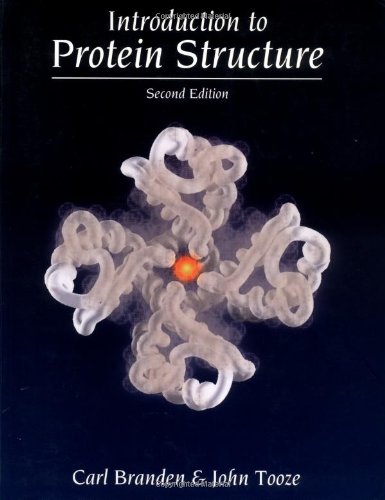Introduction to Protein Structure epub
Par bergeron velda le vendredi, novembre 4 2016, 04:26 - Lien permanent
Introduction to Protein Structure. Carl Branden, John Tooze

Introduction.to.Protein.Structure.pdf
ISBN: 0815323050,9780815323051 | 415 pages | 11 Mb

Introduction to Protein Structure Carl Branden, John Tooze
Publisher: Taylor & Francis
The secondary structure - the identification of regular elements - occurs via regular H-bonding. Protein Structure (a very, very short intro). Amino acids are covalently bonded into a peptide chain. Proteins mediate the majority of biological processes. Our publications include such classics as “Molecular Biology of the Cell,” “Essential Cell Biology,” “Janeway's Immunobiology,” “The Immune System,” “Human Molecular Genetics,” and “Introduction to Protein Structure.”. A protein has structure on several different scales. ISBN-13: 9780815323051,978-0815323051. Atomic force microscopy, optical tweezers, and other tools of nanotechnology have enabled induction and monitoring of large conformational changes in biomolecules. Details of Book: Introduction To Protein Structure Book: Introduction To Protein Structure Author: Carl Branden, John Tooze ISBN: 081532305. [End of the introduction] Our results show that flagellum [should be “the flagellum”, sic] originated very early, before the diversification of contemporary bacterial phyla, and evolved in a stepwise fashion through a series of gene duplication, loss and transfer events. If you need to, read the Protein Structure Prediction I post for an introduction to the chemistry of proteins.) Ok so now the important part: why do proteins fold? Before I get into more detail about what I'm working on, I thought I'd start by talking a little bit more about proteins and protein folding. We all know that protein structure and protein homology are notoriously difficult to correlate – elsewise, Pande wouldn't have a gazillion PCs crunching the folding data. And more specifically, why should you care?